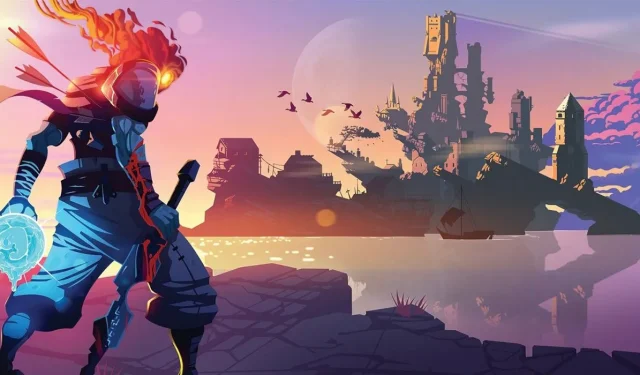In recent years, the gaming landscape has been significantly enriched by the rise of run-based games, notably titles like Hades. These games typically feature looping gameplay cycles, employing procedural generation techniques that enhance the experience of progression and mastery. While “roguelike”and “roguelite”are often used interchangeably, it’s essential to understand the distinct mechanics that differentiate these two categories. By grasping their unique characteristics, gamers can better navigate and categorize their experiences within the genre.
The term “rogue”is derived from a classic dungeon crawler known as Rogue, released in 1980. This pioneering title introduced players to a memorable challenge: to retrieve an amulet from a dungeon filled with dangers, while also incorporating the concept of permadeath. If a character perished, players would have to restart their journey, losing all weapons and upgrades acquired during that run. Additionally, the game’s dungeons were procedurally generated, ensuring that each session presented a fresh challenge that demanded adaptability and strategic exploration.
What Defines a Roguelike Game
Features of Roguelikes: Permadeath and Randomization
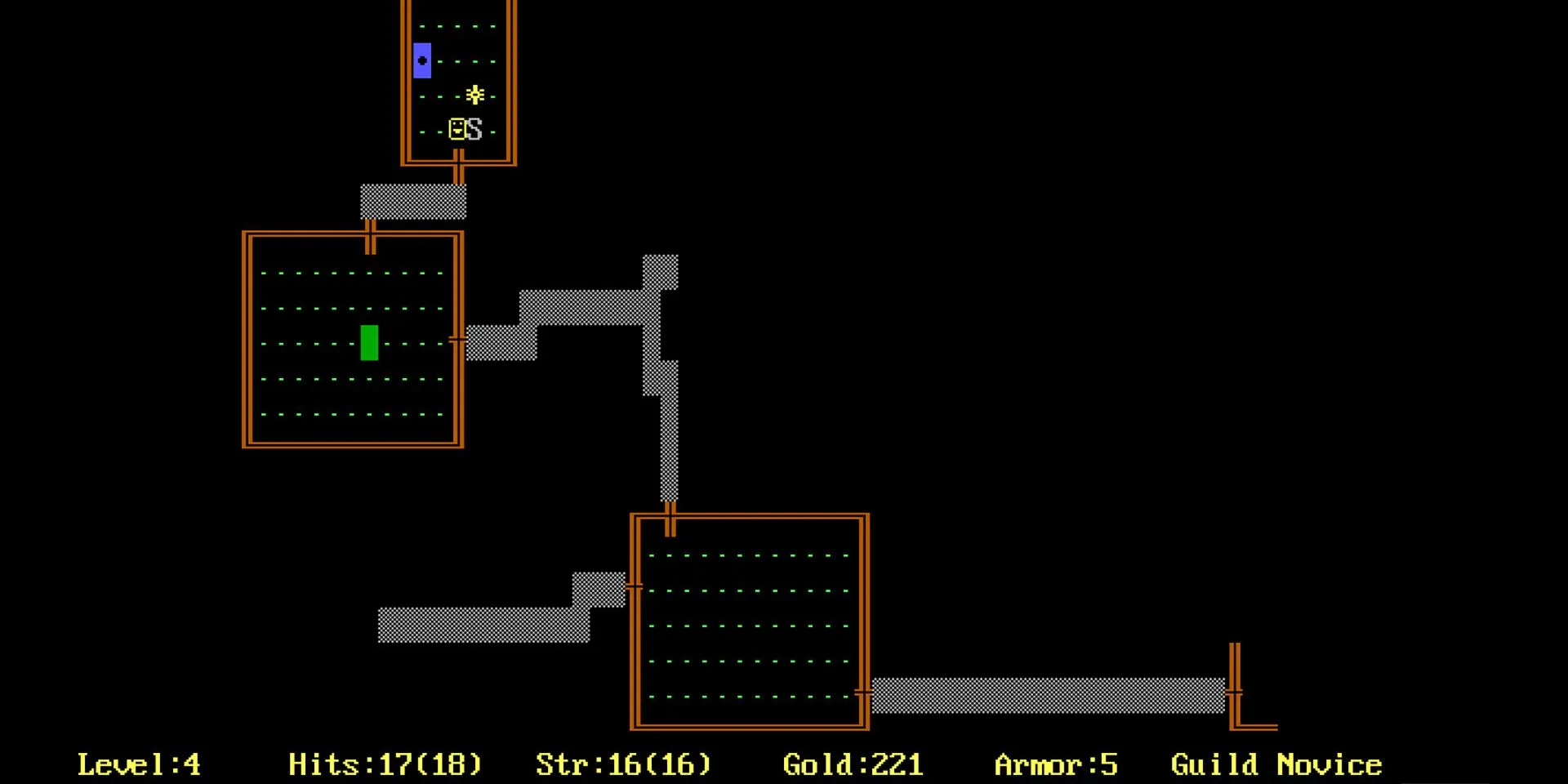
Over the years, various titles have drawn inspiration from Rogue, contributing to the expansive roguelike genre. While the term “roguelike”has become somewhat generalized, a significant milestone in understanding its mechanics was the establishment of the Berlin Interpretation during a 2008 development conference. This framework outlined eight critical design principles that define true roguelikes:
- Random map generation
- Permadeath
- Turn-based combat
- Grid-based movement
- Complexity allowing for multiple solutions
- Non-modal gameplay, enabling actions to be performed anytime
- Resource management
- Hack ‘n’ slash combat
To be classified as a roguelike under this interpretation, a game must satisfy all eight criteria. Notably, players experiencing roguelikes often find that progression relies primarily on skill development and a modicum of luck. Death is a frequent occurrence heralding a learning opportunity, where knowledge gained from prior runs functions as a mental checkpoint for achieving further progress in subsequent attempts.
However, randomness plays a critical role in each run, with certain aspects—such as map layouts or available rewards—varying widely. This unpredictability can result in varying levels of success, especially pronounced in the sub-genre of deckbuilding roguelikes, which marry card game mechanics with the randomization hallmark of roguelikes. The role of luck becomes even more significant here.
The community debates whether deckbuilders conform to the roguelike definition, as they often lack traditional dungeon crawling or combat styles. This might explain their classification as a separate sub-genre, distinct from both roguelikes and roguelites.
Distinguishing Roguelites from Roguelikes
Characteristics of Roguelites: A Touch of Permanent Progression
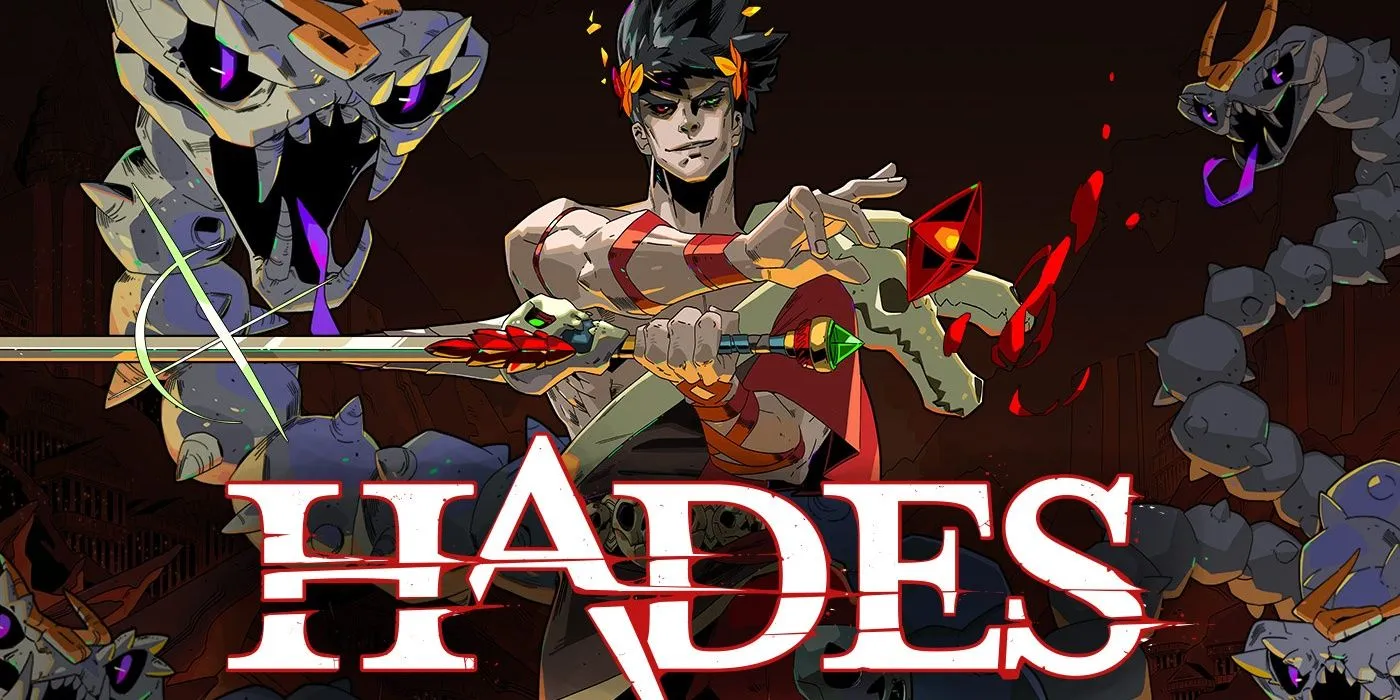
Most modern popular titles often labeled as roguelikes are more accurately described as roguelites. These games borrow some mechanics from Rogue, including permadeath and random map generation, but introduce variations that soften the experience.
For instance, successful roguelites frequently incorporate elements of persistent progression, allowing players to earn upgrades that remain intact even after death, thereby enhancing their runs. A great example is Hades, which includes resources persistent across runs, permitting players to acquire lasting enhancements for their characters.
Colloquially, the term “roguelike”often refers to the popular roguelites, despite the specificity of the Berlin Interpretation remaining unknown to many gamers. This leads to discussions about the classification of certain games—for example, mechanics like unlocking items after a run can blur the lines between roguelike and roguelite designations.
It’s worth noting that genuine roguelikes tend to provide a distinctive experience, separated from the multitude of roguelites available today. Each sub-genre encapsulates a diverse array of gameplay styles, from high-action roguelites like Risk of Rain Returns to more strategic, turn-based survival games. Each of these games is designed to deliver an engaging, challenging experience that remains dynamic through random elements.
Recommended Roguelikes
The Binding of Isaac: A Genre Resurgence
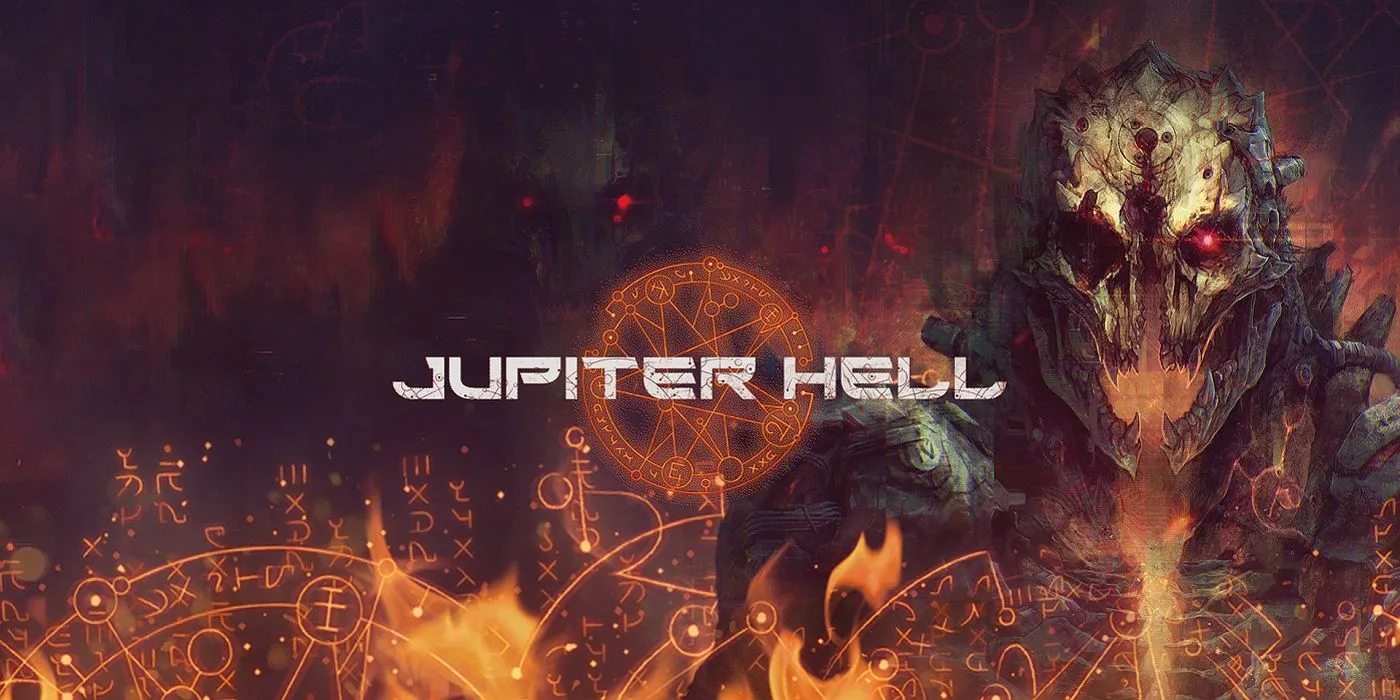
For players interested in authentic roguelikes, consider the following titles:
- The Binding of Isaac
- Rift Wizard
- Crypt of the Necrodancer
- Tales of Maj’Eyal
- Jupiter Hell
The Binding of Isaac played a pivotal role in reigniting interest in the roguelike genre. This top-down twin-stick shooter introduces players to increasingly challenging enemies in rapid combat. While some may debate its status as a true roguelike due to the ability to unlock new items, the lack of permanent progress supports its classification, as players cannot retain items or gain guaranteed enhancements in subsequent runs.
Titles like Rift Wizard and Tales of Maj’Eyal embrace turn-based mechanics that utilize grid movement. These titles can offer a more accessible approach compared to faster-paced roguelikes, providing players with more time for strategic decisions. However, the nature of permadeath in these games can lead to longer and potentially more frustrating experiences.
Jupiter Hell blends turn-based and fast-paced shooter elements, making it an excellent intermediary choice. Players familiar with the XCOM series may find its gameplay particularly appealing.
Crypt of the Necrodancer innovatively combines rhythm elements with the roguelike framework. While it features a roguelite mode with permanent progression options, players can engage in classic roguelike challenges by selecting the All Zones mode.
Top Roguelites Worth Exploring
Hades: A Pinnacle of the Genre
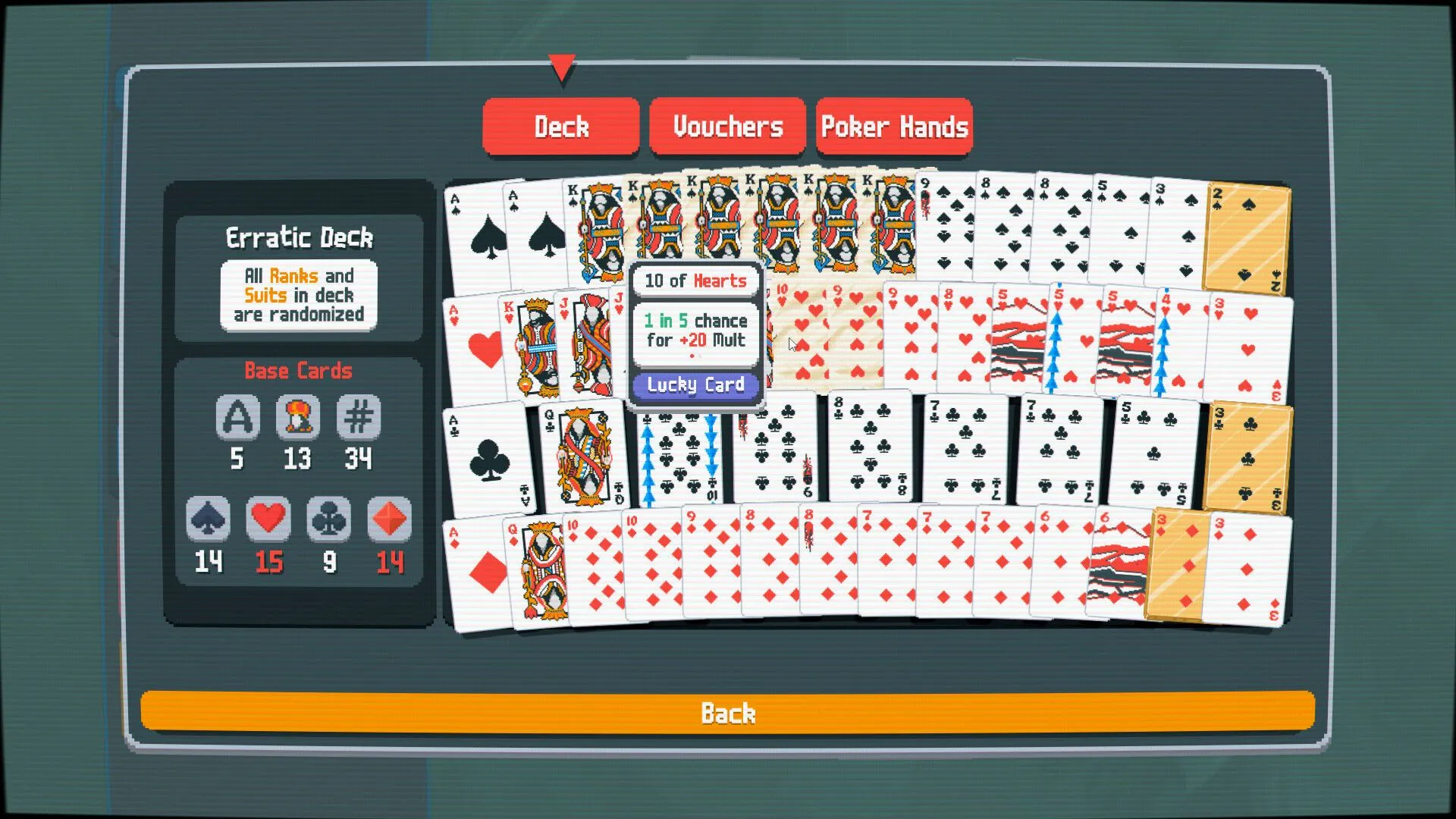
Though some titles might lean towards being classified as roguelikes, here are some standout roguelites that players should experience:
- Hades & Hades 2
- Slay the Spire
- FTL
- Enter the Gungeon
- Darkest Dungeon
- Balatro
- Returnal
Hades has garnered immense popularity and acclaim, compelling players to experience its gripping narrative and dynamic combat. Its sequel, Hades 2, currently available in Early Access for PC, promises to retain all the beloved elements of its predecessor and is slated for a timed exclusive release on Nintendo consoles later this year.
Slay the Spire distinguishes itself by integrating deck-building mechanics with turn-based strategy. It offers diverse strategies and maintains high replayability, with quick, engaging combats. Another notable roguelite, Balatro, emphasizes poker-based gameplay and loop mechanics, earning recognition at the 2024 Game Awards.
Darkest Dungeon incorporates RPG elements into its turn-based combat, where party members face permadeath, compelling players to recruit new heroes to continue their journey. Although marketed as a roguelike, Returnal presents itself as an exceptional roguelite that exemplifies permadeath and randomization within a captivating sci-fi narrative. The balance of rogue elements alongside permanent progression in Returnal enhances the overall gameplay and storytelling experience.
For newcomers to these genres, starting with roguelites may provide a gentler introduction. These games serve as a bridge, allowing players to experience some roguelike fundamentals while enjoying elements of permanent progression. Titles like Hades 2 offer a non-intimidating entry point, making them ideal for easing into the genre without the overwhelming challenge often associated with traditional roguelikes.
Source: RogueBasin
